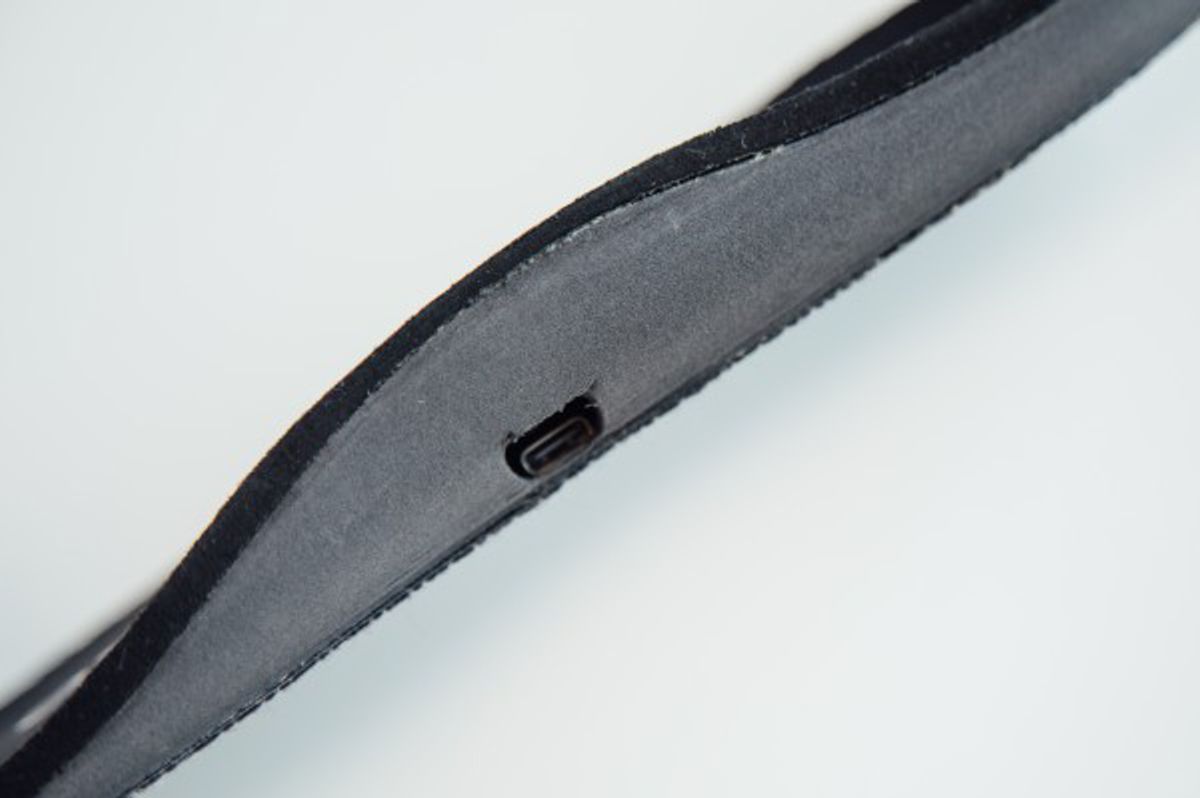Smart insoles could identify Workplace Trip Hazards
Slips, trips and falls (STFs) remain the top causes of major injuries in the workplace. According to the International Labour Organization, more than a million workers globally are injured at work on a daily basis with slips and trips being the primary causes. Timely detection of STF risks is crucial in helping to enhance workplace safety and health, particularly in industries such as construction, maritime, manufacturing, and transportation and storage.
Harnessing the power of research and technology to boost workplace safety, Professor Lim Chwee Teck from the National University of Singapore’s (NUS) Department of Biomedical Engineering, which is under the College of Design and Engineering, as well as Institute for Health Innovation & Technology (iHealthtech), collaborated with NUS start-up, FlexoSense, to develop a smart insole which can track workplace STFs in real time and is the first of its kind that can detect a person’s balance. The insole will allow companies to identify the location of an incident and highlight STF risk areas in order to implement suitable mitigation measures.

Tracking and reporting STFs through real-time detection of changes in pressure and motion
The smart insole comprises pressure sensors to track foot pressure and an inertial measurement unit sensor to measure changes in motion. When an STF occurs, the body will initially try to maintain balance by exerting pressure on the feet to break the STF. The smart insole can pick up these unique changes in pressure exerted by the feet, and a person’s orientation, to determine if an STF has occurred. Such changes in foot pressure and motion due to an STF are then recorded and measured in real time to generate balance profiles of different users, which could help in assessing the deployment of workers for various tasks. Additionally, falls from height can be detected by the smart insole as they have distinct velocity profiles compared to falls on level ground.
Information gathered from the smart insole can be easily accessed by workers through a mobile application and by company management via a dashboard. The digitalisation of STF occurrences facilitates timely reporting and greater transparency on these incidents, instead of relying on workers or safety officers to file manual reports.
The insole can also be custom fitted where necessary via foot scanning and subsequent 3D printing production.
“Usually, slips, trips and falls are unreported. By deploying this smart insole solution in the workplace, companies can be proactive in mitigating these incidents. When a person encounters a slip, trip or fall, there will be unique changes in motion as well as pressure distribution exerted by the feet. Our smart insole captures the information automatically, and by tracking these changes, companies can identify high risk areas in the workplace and implement preventive measures in a timely manner,” said Prof Lim.
“STFs are significant cost drivers for most companies due to a loss of productivity, medical expenses and administrative costs. We believe our smart insole can help to reduce the human and financial costs before serious accidents happen,” said Ms Chia Lye Peng, Chief Executive Officer of FlexoSense.
Beyond monitoring and reporting STFs, the smart insole recognises daily activities including walking, standing, and sitting, allowing managers to identify potential risky actions such as when a worker should be walking instead of running, and to measure centre of pressure to assess each worker’s sense of balance.
The researchers were awarded the Maritime Innovation and Technology-STARTUP Grant by the Maritime Port Authority of Singapore in May 2022 for prototype development and test-bedding of the smart insole for worker safety. They are collaborating with the Workplace Safety and Health Institute and Association of Singapore Maritime Industries to enhance and tweak the smart insole for the maritime sector.

Future plans and industry applications
Over time, the data collected from the smart insoles worn by workers, along with other worker-related metrics, can be used to implement best workplace practices on safety and health.
Additionally, the team is looking into future applications and commercialisation of the smart insole to mitigate STFs in construction, aviation, manufacturing and other industries.



















